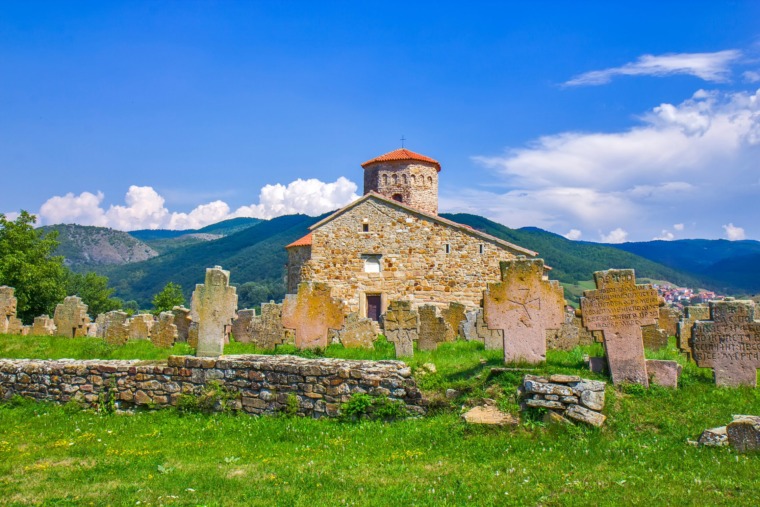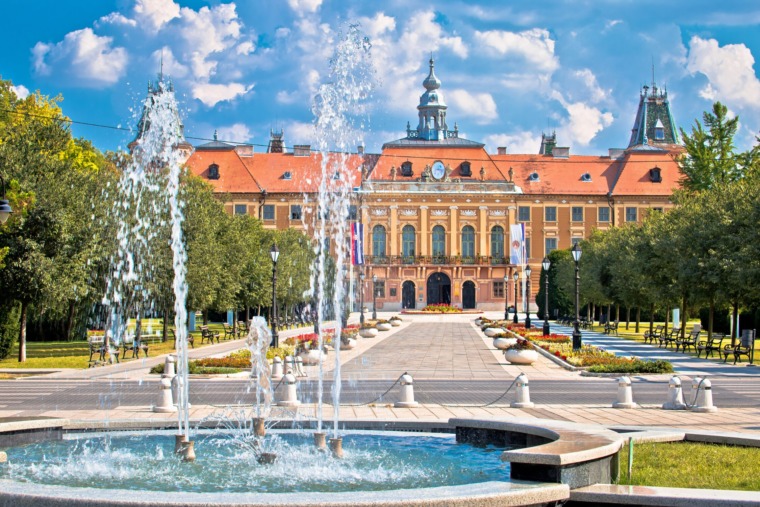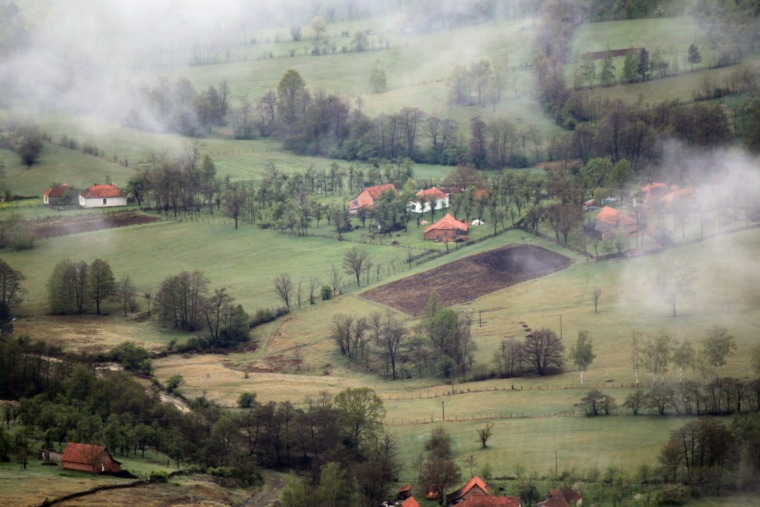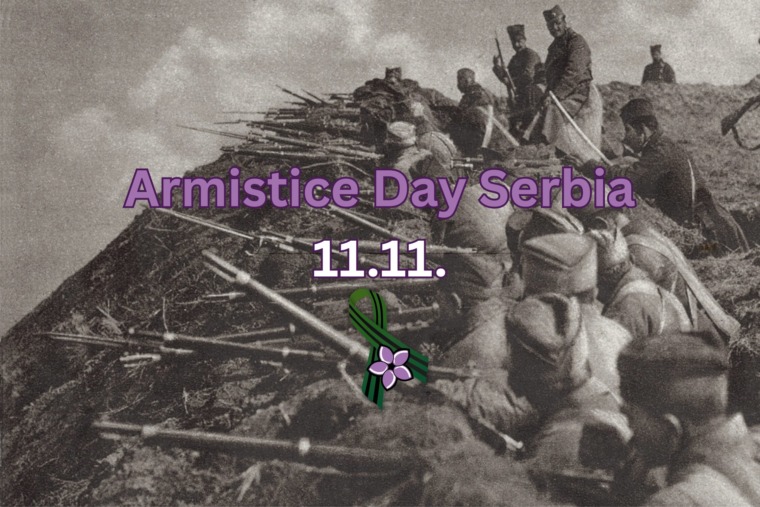
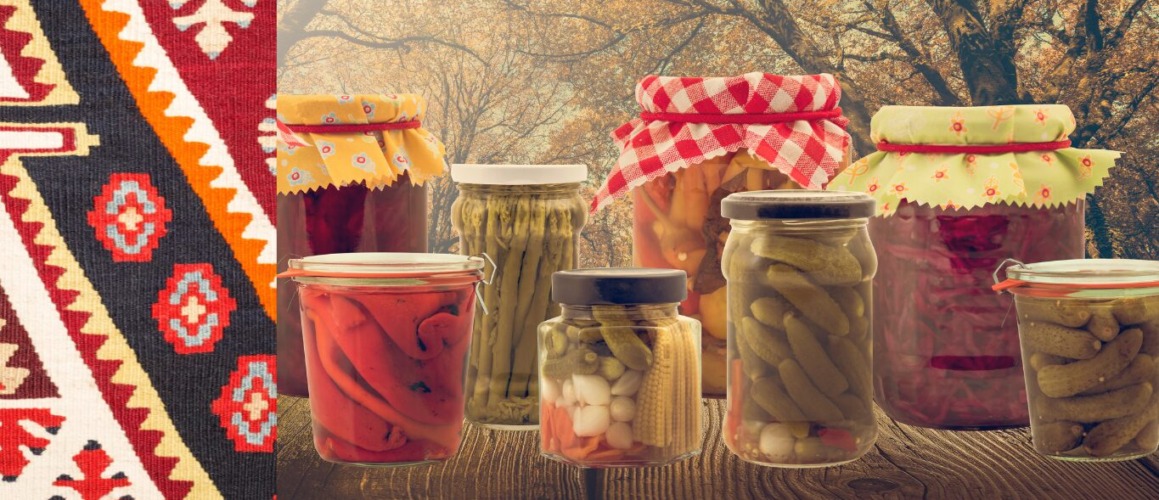
When autumn arrives in Serbia, markets and gardens overflow with colors and aromas: bright red peppers, crisp cucumbers, juicy tomatoes, purple cabbages, plums and quinces. This is the moment when one of the most cherished traditions begins – making zimnica, the autumn preserves. It is much more than simply storing food for winter. It is a family and community ritual, a way of passing down knowledge and preserving cultural identity.
What zimnica includes
Serbian zimnica takes many forms. The most famous are ajvar and pindjur, mixed vegetable pickles (turšija), barrels of sauerkraut, fruit preserves like slatko made from plums, quinces, or strawberries, jams, compotes, and homemade juices.
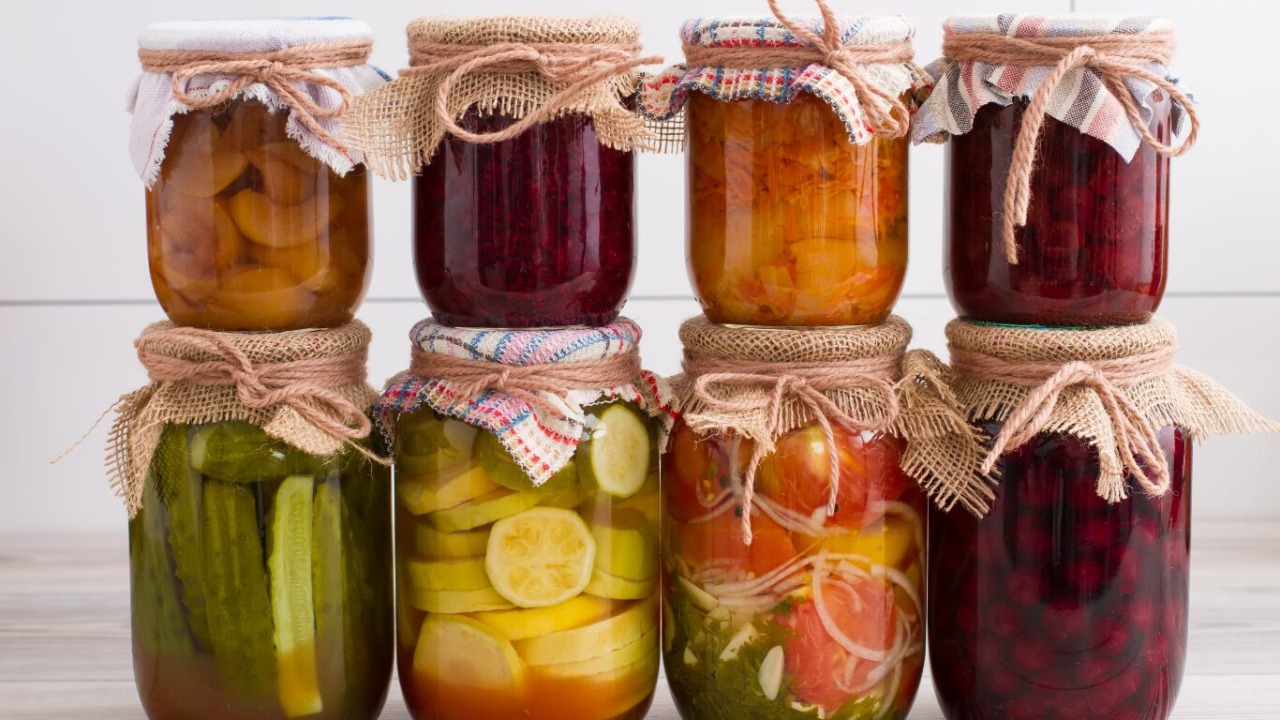
Some families still prepare dried fruits and vegetables, or string up peppers to hang and dry in the sun. Others make thick plum or apricot preserves, slowly cooked in large copper pots. Each household adds its own touch – a spoon of extra sugar, a dash of vanilla, or a unique way of layering vegetables in jars.
A family and social event
Making zimnica is never done in silence. It is a collective effort, a lively event. Some roast and peel peppers, others chop cucumbers, stir pots of jam, or sterilize jars. Children peek curiously into the kitchen, learning their first culinary lessons, while adults share coffee, rakija, and laughter. Often, neighbors and extended family join in, turning the hard work into a small celebration.

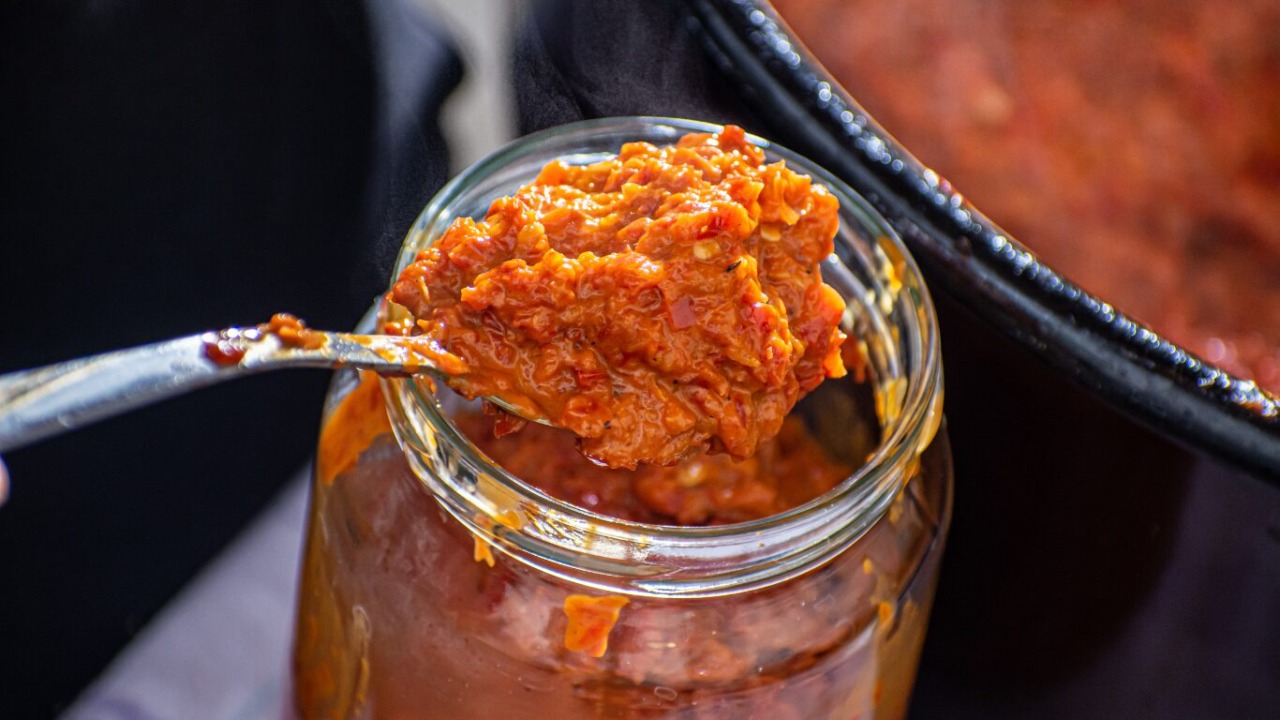
At the end of the day, the reward is more than just shelves stacked with colorful jars – it is the sense of unity and shared accomplishment.
Passing down knowledge and tradition
Zimnica is a bridge between generations. Grandmothers and mothers carefully instruct the younger ones: when the peppers are roasted enough, how much sugar to add to jam, why sauerkraut must be tightly pressed to keep air away. These lessons are more than culinary tricks – they teach patience, teamwork, and respect for both food and tradition.
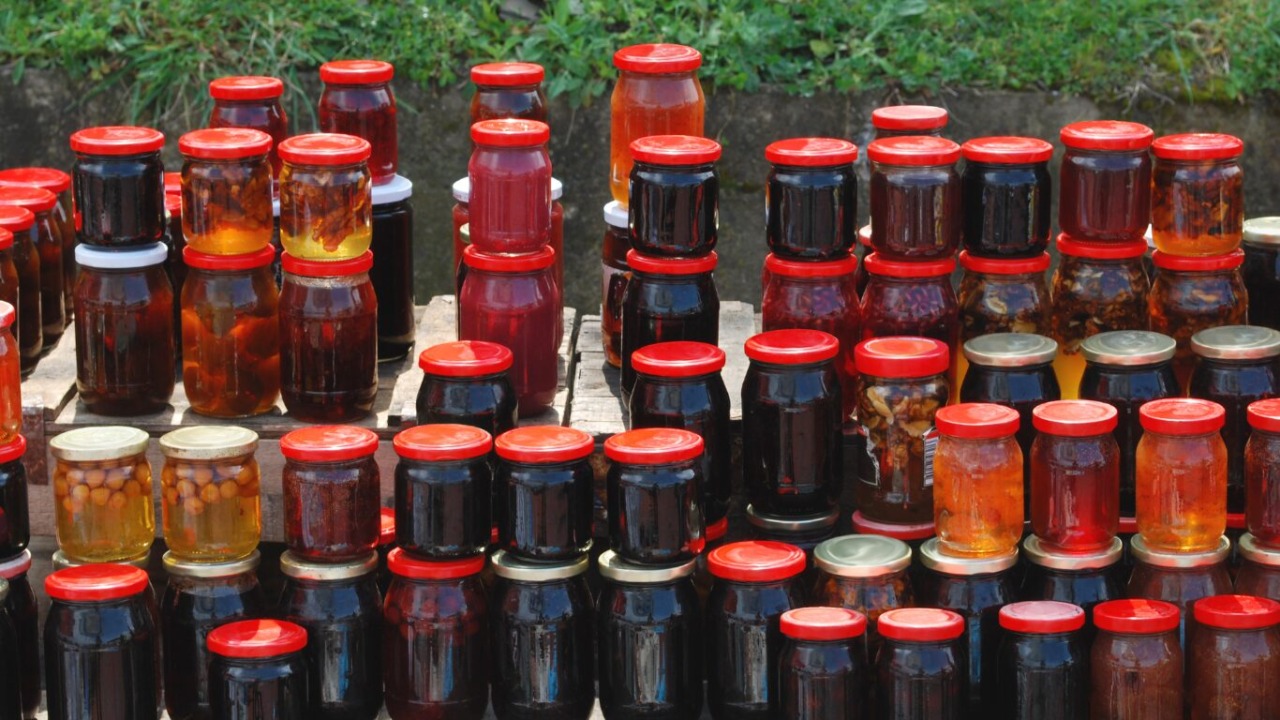
Each jar of zimnica is a small time capsule: the taste of summer gardens, the warmth of the sun, the memory of family working side by side. In today’s fast-paced, industrialized world, homemade preserves have become even more valuable – a symbol of resistance to forgetfulness and proof that tradition can still thrive.
Zimnica as a bond with home
For Serbs living abroad, a jar of homemade ajvar or plum jam brought from a family visit is a priceless treasure. It is not just food – it is childhood in a jar, a piece of home, and a reminder of belonging. Zimnica, in essence, is a ritual that unites people, preserves identity, and carries the spirit of Serbia into the future.
Related Articles


Stitched with Love: The Story of Serbian Gobelins
November 4, 2025

